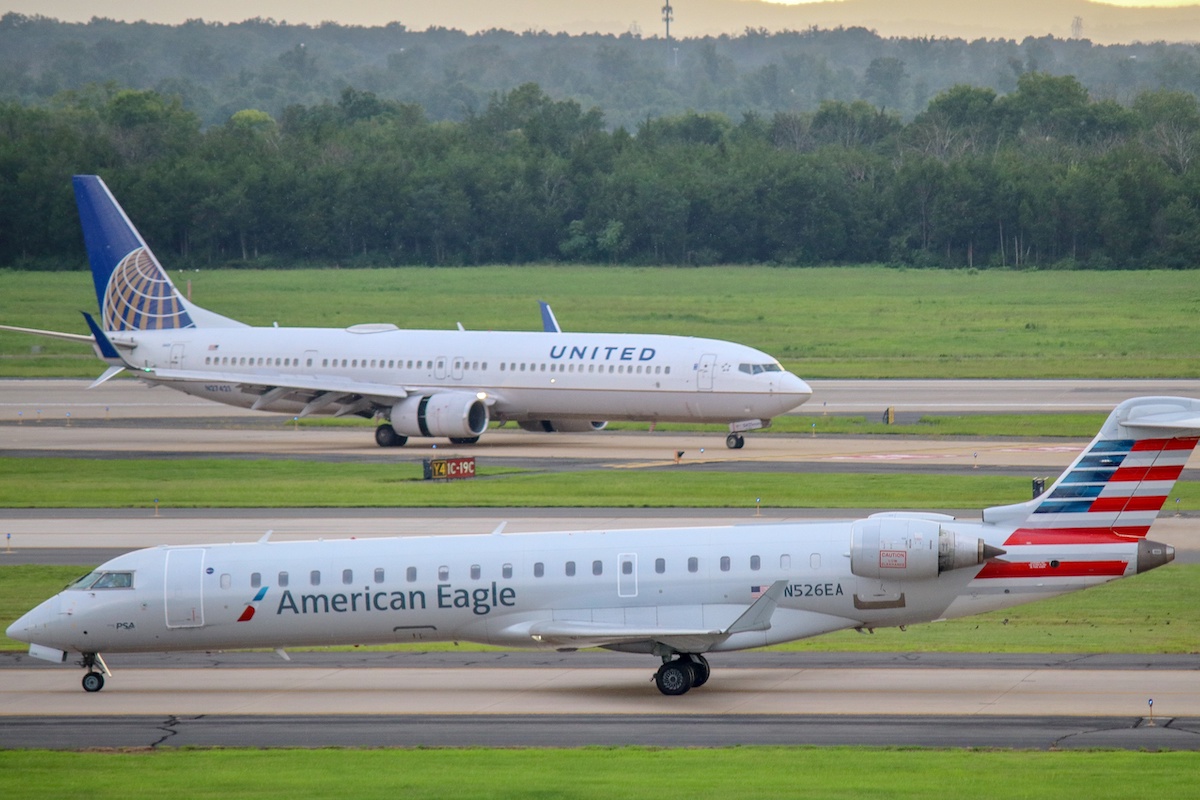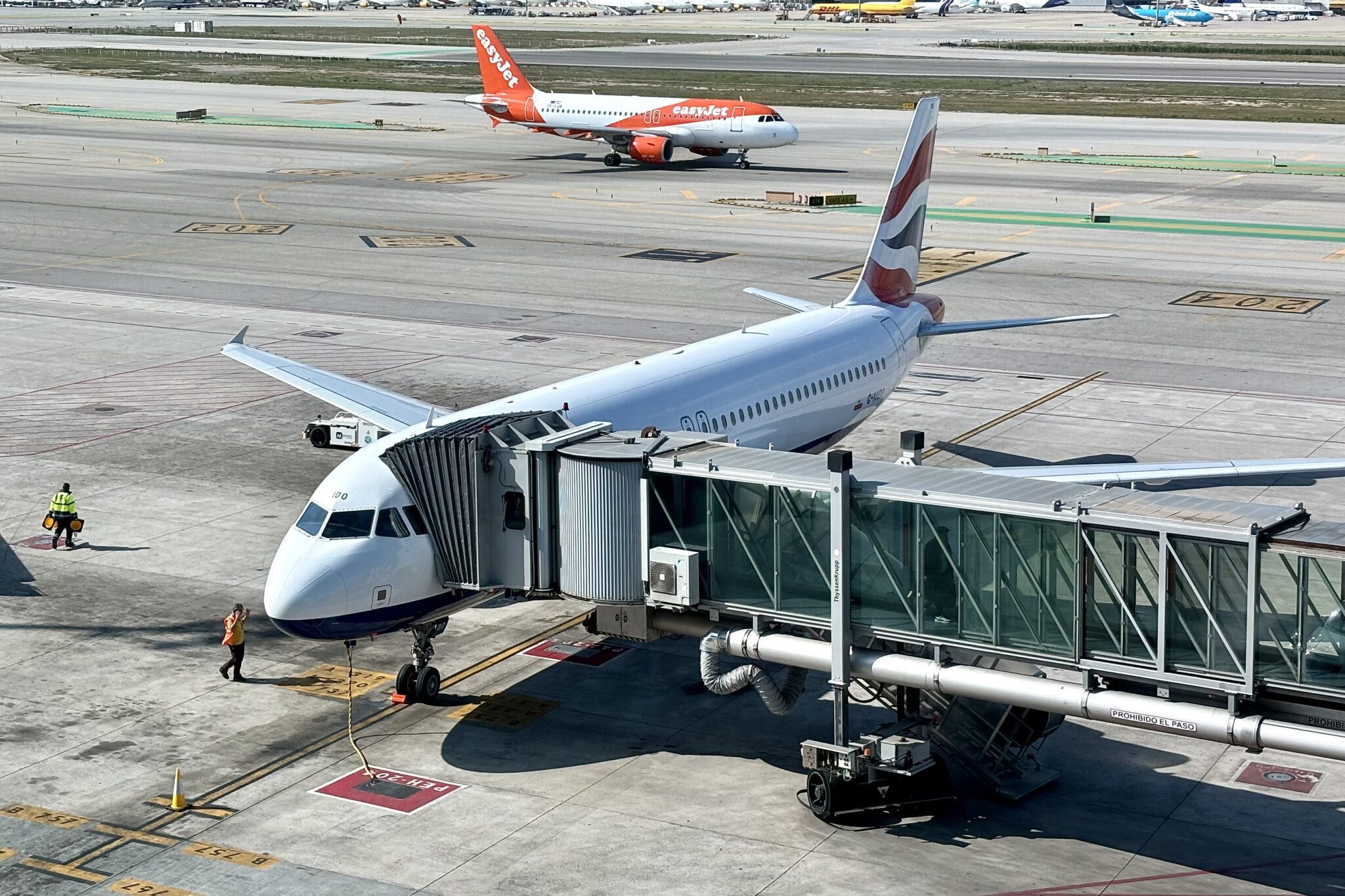Come June, Erie, Pa., will be a one airline town. United Airlines will end flights to the community on the shores of the lake of the same name leaving American Airlines as the community’s sole air carrier, a shift that comes as airlines struggle to recover and grow their schedules in a constrained market.
The cause for the Erie suspension, as a spokesperson for Chicago-based United put it, is the well-documented U.S. pilot shortage affecting primarily regional carriers. But pilots are not the only issue. Continuing aircraft delivery delays at Airbus and Boeing have also hamstrung airline schedules; the latest example being American’s decision to suspend flights between Philadelphia and Madrid in May and June due to late Boeing 787 deliveries, The Wall Street Journal reported. And the Federal Aviation Administration has suspended usage rules for 10 percent of slots at airports in New York and Washington, D.C., this summer due to a shortage of air traffic controllers. The rule suspension allows airlines to reduce their schedules at restricted airports without fear of losing their valuable landing and takeoff rights.
“The operation is getting more challenged as we start to move into the peaker parts of the schedule,” United CEO Scott Kirby said earlier in March. He has previously described the industry as ill-prepared for the post-pandemic operational realities.
The situation has forced U.S. airlines to cut capacity from their spring and summer schedules. The industry has shaved more than 3 percentage points from its second quarter capacity plans since January, according to data from TD Cowen and Diio by Cirium. Industry capacity is now scheduled up 3 percent compared to the second quarter of 2019. Hawaiian Airlines reduced its scheduled second-quarter capacity by 7 percent in March compared to January, United by 6 percent, and American by 4 percent.
None of this is a surprise. The pilot shortage, which includes a captain shortage due to higher training and hour requirements, began to rear its head in late 2021. Few expect it to ease before 2024 at the earliest despite significantly higher pay due to training bottlenecks. Airbus and Boeing have been late delivering planes since last year. And U.S. air traffic control staffing has been a challenge since at least last summer.
All of this together translates to a market where travel demand outstrips the supply of seats, and airfares that are likely to continue rising.
Of course, higher airfares mean stronger revenues for airlines. The situation creates “an opportunity for us all to be very disciplined about how we manage our existing resources,” Delta CEO Ed Bastian said earlier in March. “Couple that with the health of the demand environment, should create a very good margin opportunity for the industry.”
In Erie, Airport Authority President Dan Giannelli told the Erie Times-News that United’s exit highlights the competitiveness of regional air service in a constrained market. “Airlines have limited routes and are looking for the cheapest airports to fly out of. Although we have worked to reduce our expenses by 25 percent over the last few years, other communities have programs that are supplementing that expense to attract service.”
Others have also spoken of a need for more local financial support for air service. Contour Airlines CEO Matt Chaifetz told Airline Weekly last year that, with pilot costs rising rapidly, small communities may “need continuous subsidy if they want to retain service.” He referred to destinations not included in the U.S. Department of Transportation’s Essential Air Service subsidy program.
Local support is how Las Cruces, N.M., regained commercial flights after a nearly 20-year hiatus in January. Advanced Air began flights between the city and Albuquerque with $1.93 million in local and state funds annually. However, the subsidies end after two years at which time the airline could end flights.
Since April 2020, American, Delta, and United have exited 71 smaller markets across the U.S., according to Ailevon Pacific Aviation Consulting. That includes Erie, as well as Springfield, Ill., where United will also end flights in June. Only several cities, including Toledo, Ohio, and Williamsport, Pa., have lost all network air service.
United is also losing one of its regional partners, Air Wisconsin, to American this spring. The shift will mean a reduction to its fleet of regional jets that serve small cities like Erie and Springfield.
Airbus and Boeing’s delivery delays are more a constraint on recovery and growth, than prompting network cuts. In 2021, American exited Hong Kong due to previous 787 delays; however, the market was already suspended due to the pandemic travel restrictions. Airline executives elsewhere have repeatedly spoken of their inability to resume full schedules despite robust travel demand due to the lack of new planes.
Executives at both airframers have spoken of supply chain backlogs easing, and delivery schedules normalizing by the end of the year.
And at New York’s JFK, LaGuardia, and Newark airports, and at Washington Reagan National, airlines have yet to pulldown schedules by 10 percent this summer since the FAA notified them on March 22, according to Diio schedules. The slot usage waiver applies to operations from May 15 through September 15.





